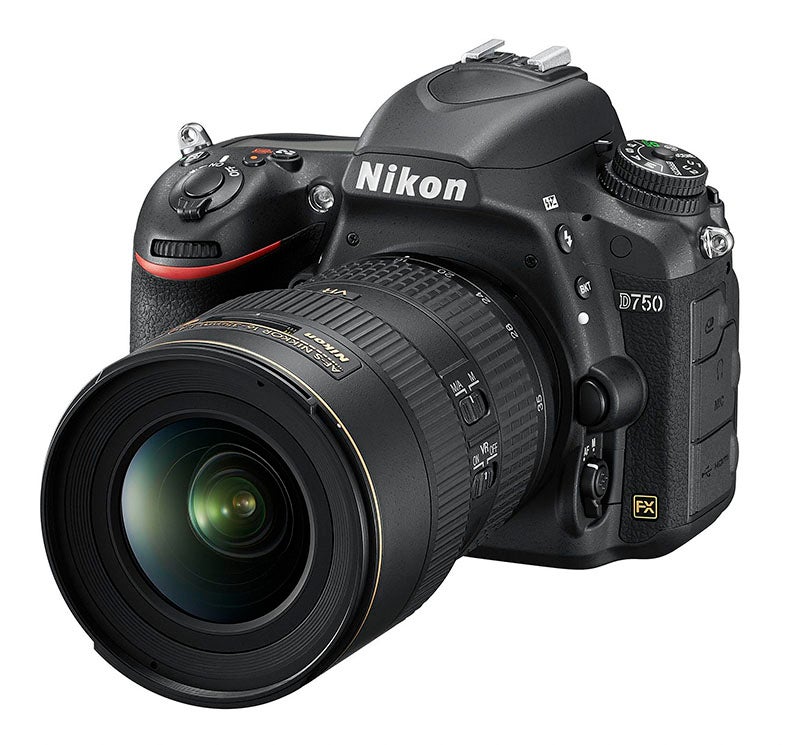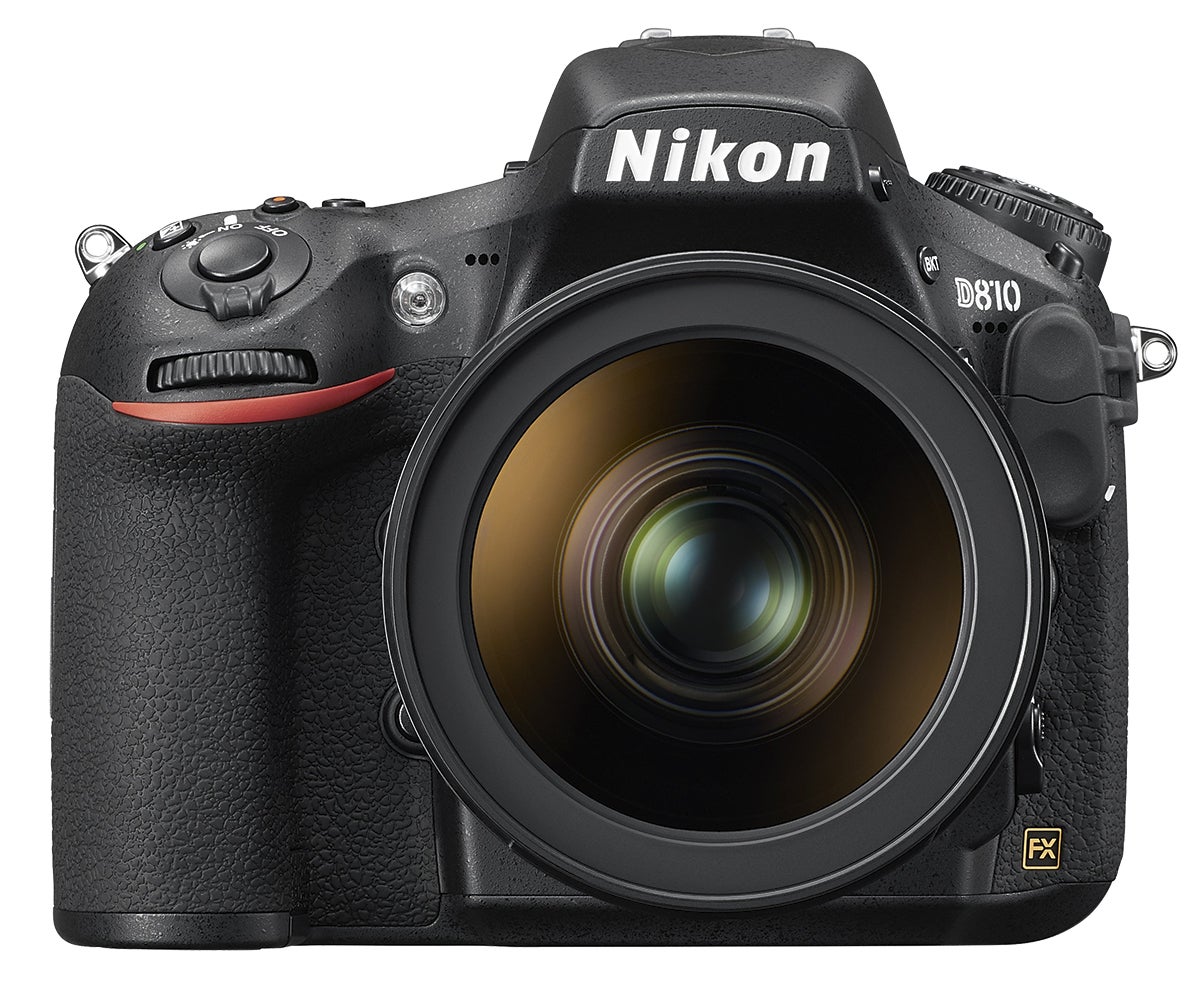Nikon D610 vs D750 vs D810 – key differnces
Whilst the Nikon D610, the D750 and the D810 all appear similar on the surface, they’re somewhat different underneath. We take a closer look at some of the key differences.
The last few years have seen Nikon refreshing its entire FX-format (full-frame) line up, not only adding new pro-oriented models to its stable but also introducing a number of cheaper alternatives for enthusiast users. Its most accessible three models are the Nikon D610, the D750 and the D810, and while they all appear similar on the surface, they’re somewhat different underneath.
Let’s take a closer look at all the main differences.






Mục lục
Nikon D610 vs D750 vs D810 – Sensor
Each model offers an FX-format sensor that measures 24×35.9mm, with the D610 and D750 each offering an effective pixel count of 24.3MP and the D810 increasing this to 36.3MP. 24.3MP is more than enough for most people, although the higher pixel count of the D810 makes this the more suitable camera for enlargements and cropping (and it’s also the only model out of the three to not have a low-pass filter in front of its sensor, which also helps with capturing finer details). All three sensors record 12- and 14-bit Raw files, in addition to JPEGs.
Nikon D610 vs D750 vs D810 – Sensitivity range
While the D610 offers a sensitivity range of ISO 100-6400, and extensions up to ISO 50 and 25,600 equivalents, the D750 opts for a native range of ISO 100-12,800 and extensions to the equivalent of ISO 50 and ISO 51,200. The D810, meanwhile, offers an ISO 64-12,800 range as standard, and ISO 32 and 51,200 equivalents in its extension range.
Nikon D610 vs D750 vs D810 – Video
Unlike the recent D500 and D5 models that record video in 4K quality, each camera here records Full HD video. Being the cheapest of the bunch, the D610 is a little more limited here than the other two. It’s the only model out of the three not to offer stereo microphones, nor a 50/60p option or the Flat Picture Profile, and it’s also not possible to adjust aperture during recording as it is with the others. A more minor difference is that you can’t record footage simultaneously to a card and an external recorder, something that is possible on the other two.
Nikon D610 vs D750 vs D810 – Focusing systems
Being the newest model of the three, the D750 sports the most advanced focusing system. Its Multi-CAM 3500 II system offers 51 points, including 15 cross-type points, and its sensitivity range stretches down to -3EV, which potentially makes it better suited to low-light photography than the other two.
The D810 offers the first-generation Multi-CAM 3500 system, also with 51 points in total and 15 cross-type points, but with a slightly less sensitive -2EV rating. The D610 splits from these in offering a 39-point Multi-CAM 2700 system that includes 9 cross-type points, with a -1EV sensitivity.
Nikon D610 vs D750 vs D810 – LCD
Each camera is fitted with a 3.2in LCD screen on its rear, and each display is said to have a 170degree viewing angle. The screens on both the D610 and D810 are fixed in place, while the display on the D750 can be pulled away from the camera’s body and tilted upwards and downwards.
With regards to resolution, the D750 and D810 have the same 1,228,800-million-dot panel as each other, while the D610 has a slightly lower but still perfectly respectable 921,000 dots.
Nikon D610 vs D750 vs D810 – Viewfinder
While all three cameras offer pentaprism viewfinders, with approximately 100% frame coverage and a magnification of 0.7x, the D810 has a slightly shorter eye point of 17mm in comparison with the 21mm eye point on the finder of the other two.
Nikon D610 vs D750 vs D810 – Burst rate
Here, the D750 comes out (slightly) on top, with a maximum burst rate of 6.5fps. The D610 is only behind by half a frame at 6fps, while the D810 can manage 5fps – perfectly decent for a camera of its pixel count. If, however, you’re using a DX-format lens in conjunction with the D810, it’s possible to achieve a frame rate of 7fps.
Nikon D610 vs D750 vs D810 – Metering sensor
Being the newest models of the three, the D750 and the D810 make use of Nikon’s 91-000-pixel RGB metering sensor. The older D610, meanwhile, employs a 2016-pixel RGB metering sensor instead.
Nikon D610 vs D750 vs D810 – Shutter speeds
Both the D610 and D750 allow the user to adjust shutter speed between a range of 30-1/400sec, in either 1/3EV or 1/2EV increments, and both can also be set to a bulb option for particularly long exposures. The D810 allows the same level of control, although its maximum shutter speed can be adjusted to a faster 1/8000sec speed and shutter speed can be adjusted in 1EV increments in addition to the standard 1/3EV and 1/2EV options.
Nikon D610 vs D750 vs D810 – Flash sync speed
The D610 and D750 each offer a fairly standard flash sync speed of 1/200sec, with a reduced flash range when using speeds between 1/200-1/250sec. The D810 improves on this slightly with a sync speed of 1/250sec as standard, and synchronisation at up to 1/320sec at a reduced flash output.
Nikon D610 vs D750 vs D810 – Wi-Fi
The D750 is the only camera of the three to offer built-in Wi-Fi. It is, however, possible to use Wi-Fi on the other two models with an accessory of some kind, either one of Nikon’s wireless adapters that plug into the side of the camera, or a wireless memory card.
Nikon D610 vs D750 vs D810 – USB port
The D810 is the only camera out of the three to feature a USB 3.0 port, in contrast to the USB 2.0 ports on the other two.
Nikon D610 vs D750 vs D810 – Shutter
One of the smaller differences between the three cameras concerns their shutters. While the D610 and D750 are equipped with shutters said to be rated to 150k actuations, the D810’s 200k-rated shutter shows it’s clearly built for more demanding use.
Nikon D610 vs D750 vs D810 – Battery life
Despite being the priciest model, the D810 doesn’t quite offer the best battery life. That honour goes to the D750, with 1,230 frames promised from its battery. At 1,200 frames the D810 isn’t far behind, however, although the D610 is markedly behind with 900 shots per charge.
Nikon D610 vs D750 vs D810 – Card slots
Each camera is designed with two cards slots, and you can customise this to taste. You can, for example, set one card to act as an overflow or alternatively to back up the first, or for different file types to be recorded on each.
In line with the general trend of dropping CompactFlash and moving towards SD media, the D610 and D750 each feature two slots for SD-type media, while the D810 offers one slot for SD-type cards and one for CompactFlash.
Nikon D610 vs D750 vs D810 – Weight
Although the D610 is positioned beneath the D750 in Nikon’s FX-format line up, at 850g it’s actually 10g heavier (although, of course, this makes no practical difference). By comparison, the D810 weighs in at more significant 980g.






